1. WINDSOR CASTLE: CHANGING HUNDREDS OF ROYAL CLOCKS
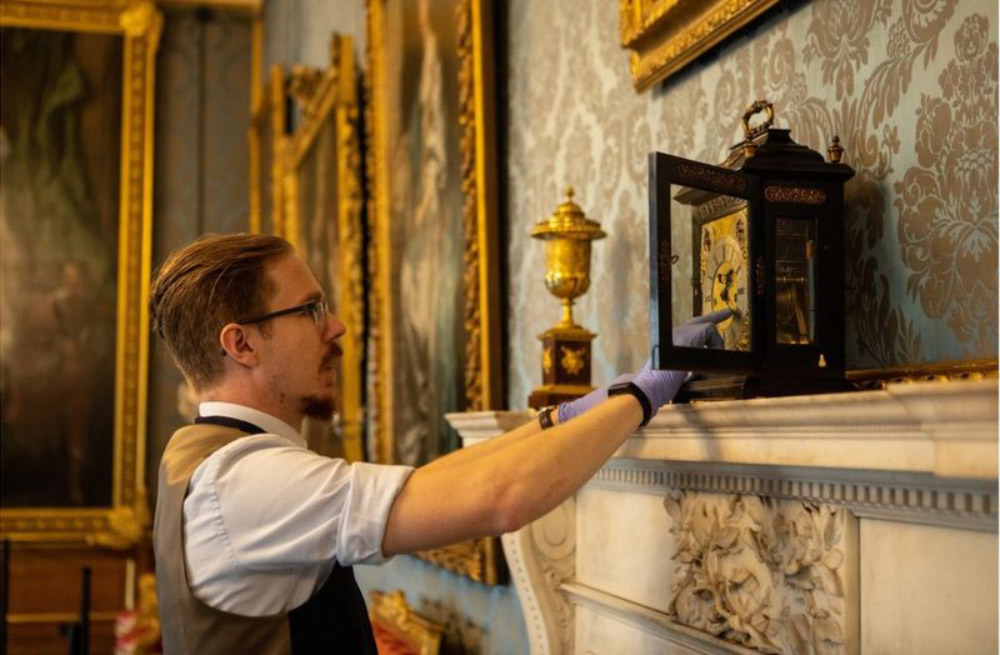
The UK always reverts to GMT on the final Sunday of October. And for Fjodor van den Broek, an arduous task lies ahead. Fjodor is the horological conservator at Windsor Castle, and his job is to take care of the hundreds of clocks that reside within the castle. When daylight savings time comes around, he has to manually change the time on all of them. By his estimates, the entire process will take him about 16 hours over the weekend and he will have to change the time on some 400 clocks. Don’t feel sorry for him, however, as the castle is home to some of the most remarkable clocks ever made, including an organ clock that plays tunes specially composed by Handel. Hit the link below to see some of the exquisite clocks inside Windsor Castle.
Source: BBC
2. THE WATCHMAKING WIZARD WHO DOESN’T LIKE WATCHES
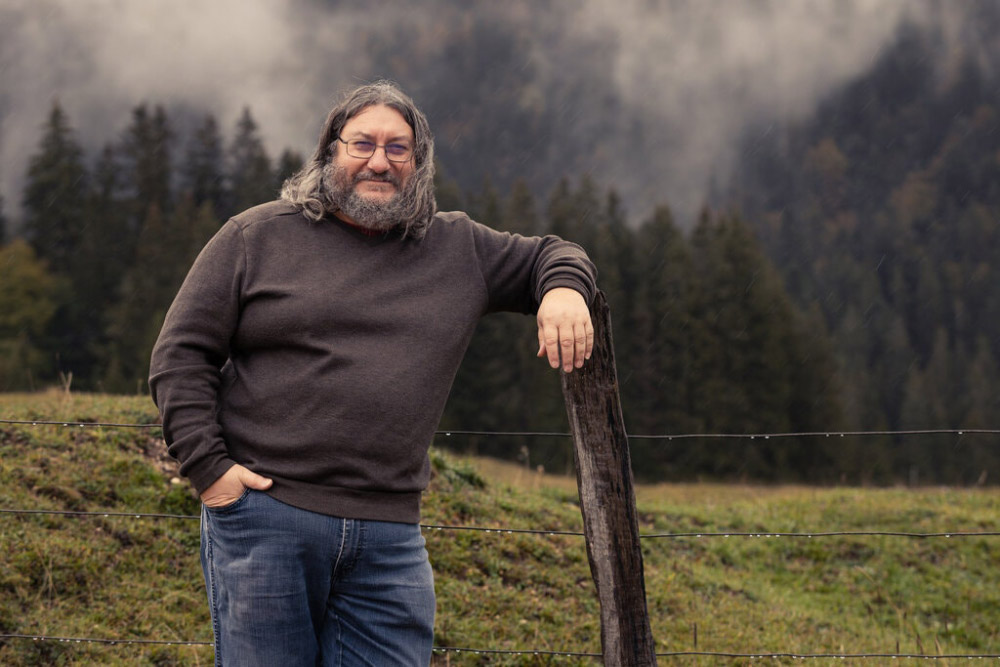
The name might be unfamiliar, but most watch lovers will surely know of Eric Coudray’s creations. This is the man who made Jaeger LeCoultre’s unforgettable Master Gyrotourbillon. More recently, he worked on MB&F’s stunning Legacy Machine Thunderdome. And with his long hair and scraggly beard, Coudray looks the part of a wizard. But really, the term comes from how easily he envisions concepts in his head. For instance, it took Eric just 30 seconds to picture the general layout and structure of Legacy Machine Thunderdome. What’s more surprising to me is that this master of multi-axis tourbillon doesn’t actually like watches at all. Find out why.
Source: The New York Times
3. WATCHMAKING: A PRIMER ON FROSTING BY A WATCHMAKER
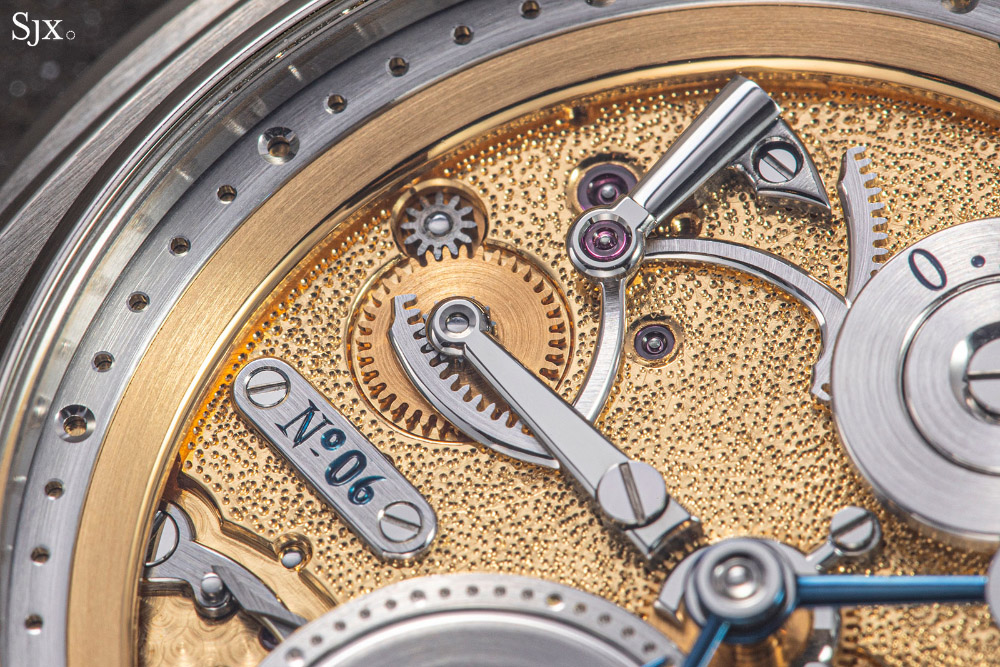
Frosting only really gained prominence as a form of watch finishing in recent years after brands and independents like Greubel Forsey, Masahiro Kikuno, and Akrivia started using them conspicuously in their watches. Stripped to its essence, frosting is the treatment of metal to create an uneven pitted surface. Traditionally, it’s used to dull the appearance of the component so that it can draw attention to other components around it. However, some brands today have elevated the finish such that it becomes the highlight of a movement. Here are some ways frosting is achieved and how it is used in watches.
Source: WatchesbySJX
4. IN CONVERSATION WITH THE ONE & ONLY SANTA LAURA
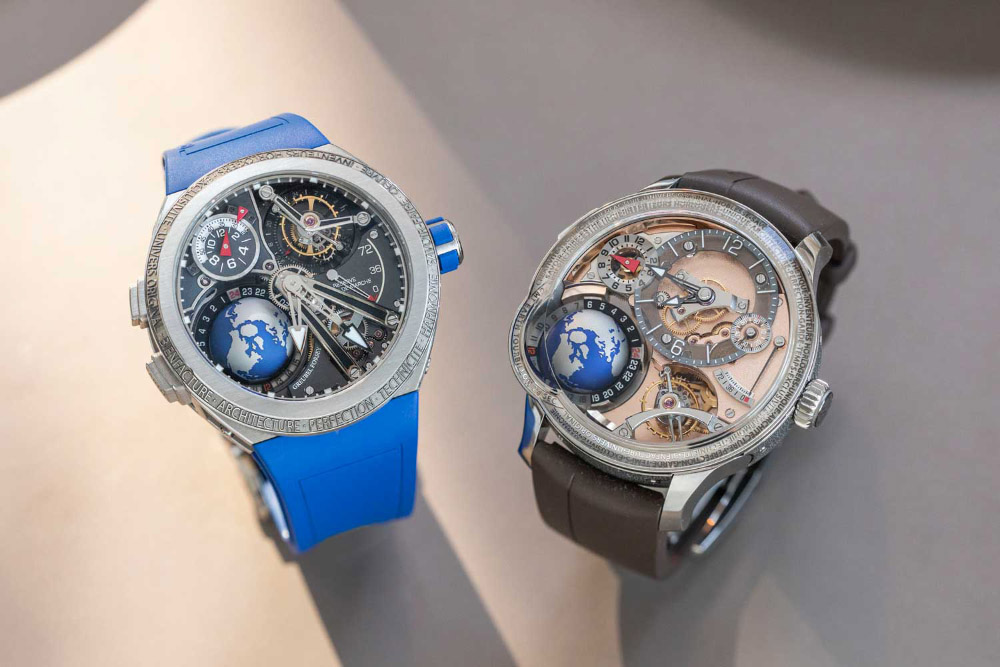
If you spend any amount of time on Instagram browsing watches, then you will likely come across the account of @Santa_Laura. The article’s description of an “endless cavalcade of horological riches” aptly describes his collection. It’s a potpourri of colorful gem-set Rolexes, ultra-lightweight Richard Milles, and one-off Urwerks and Greubel Forseys. As impressive as the watches are, what is most remarkable is his attitude and perspective on watch collecting. Find out why he collects what he does and what advice he has for buying watches.
Source: Revolution
5. INTERVIEW: FRANÇOIS-HENRY BENNAHMIAS CEO OF AUDEMARS PIGUET
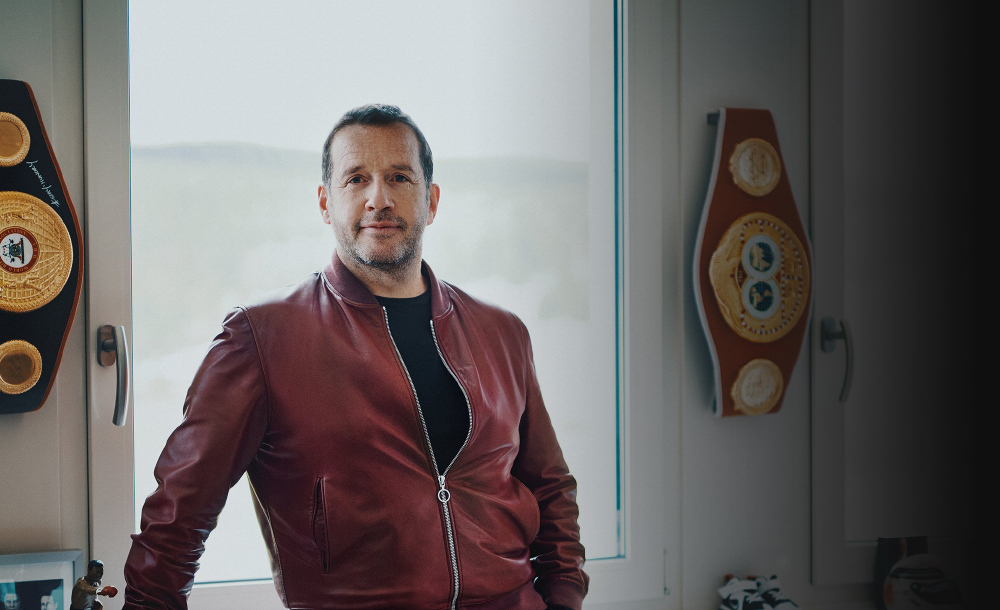
Most CEOs of watch companies come across as staid, almost stern, individuals. But not François-Henry Bennahmias. The CEO of Audemars Piguet is, without a doubt, one of the most engaging and interesting men in the industry. His thinking is unconventional, and he is not afraid to voice and act on it. For example, the company is investing heavily in clients, and one of the ways is by introducing a new concept called AP Houses around the world. It’s little wonder, then, that the brand has grown rapidly in the past few years. In this interview, Bennahmias talks about the history of the company, the importance of relationships with clients, and how the brand plans to cope with the pandemic.
Source: A Collected Man
